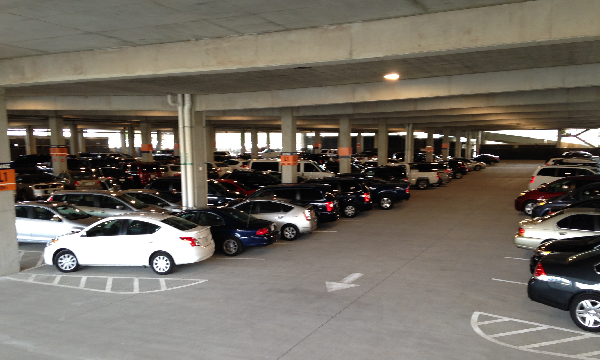The INs and OUTs of Parking Sensors.
Sometimes people find themselves attempting to manoeuvre their vehicles back and forth multiple times before getting it right. Some give up on using their rearview and side mirrors entirely and go as far as sticking their head out the window to gauge the space around the car and know exactly where the rear and front bumpers are.
People who struggle with parking might not own a car that has modern features such as rearview mirror monitors and a parking sensor system. Parking sensors are proximity sensors for vehicles that alert the driver of obstacles when driving. The technology uses either electromagnetic or ultrasonic sensors. What does that mean you might ask? Keep reading to learn more.
– Ultrasonic Sensors
Ultrasonic parking sensor systems calculate the proximity of your car from an object similar to the way bats and dolphins use echolocation. Ultrasonic sensors use high-frequency sound waves by emitting sound pulses that reflect off nearby objects. The frequency of the sound pulses is so high that you cannot hear them—although your dog will. The sensors connect to an alert system that warns you with acoustic tones when you’re getting too close to an object.
– Park Like A Pro
Parking sensors are best paired with backup cameras and rearview mirror monitors. The parking sensors alert you with sounds while the backup camera and rearview mirror monitors provide you with an unobstructed view of what’s behind you, enhancing blind-spot visibility.
EchoMaster offers a comprehensive line of high-quality vehicle safety solutions such as parking sensors, cameras and monitors. Discover the range.

